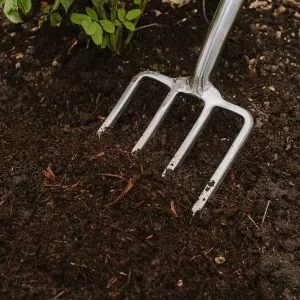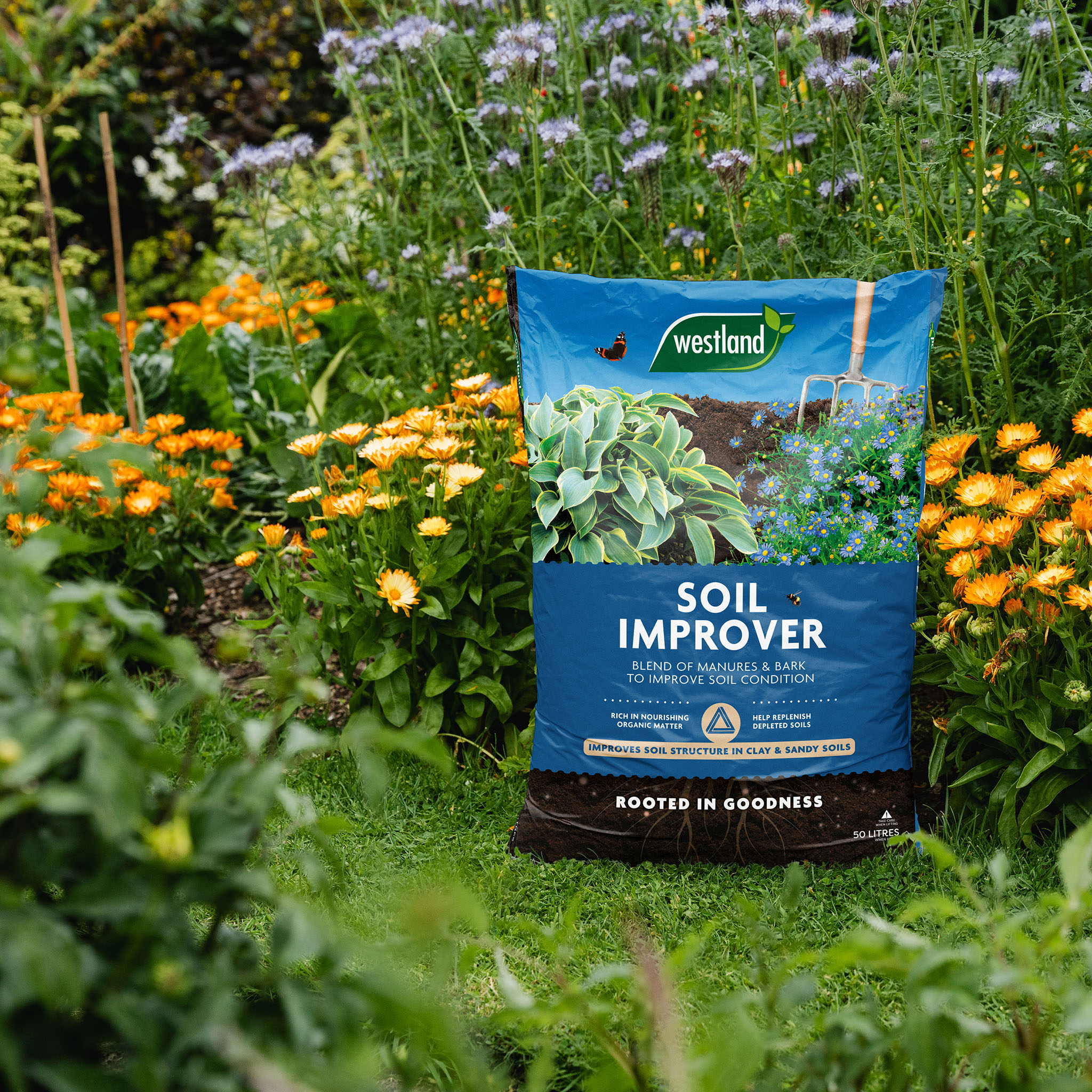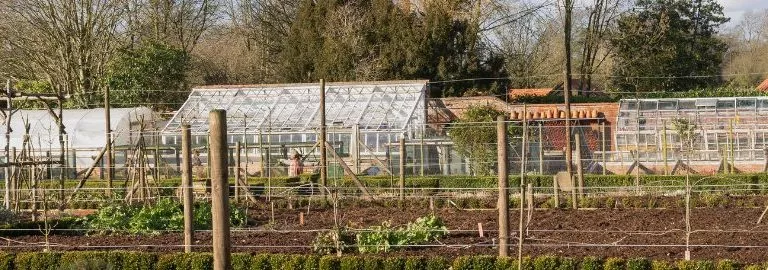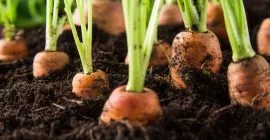Starting your allotment
Starting your own allotment may seem daunting, but follow our step-by-step guide on how to start an allotment and try not to feel overwhelmed. Many people are on a waiting list for sometimes years to get an allotment space and once you get your space, it has often been left unattended for months, so it can feel like a lot of work just to get started.
Clearing your allotment
Allotments can very quickly be consumed with weeds and those that have been left vacant for a year or more can be covered in bind weeds as well as nettles. It will be a task to get these cleared, just think of all the fresh air and exercise! The best time to start clearing your allotment space is in autumn/winter when plants are dormant. Many plants/weeds are ‘resting’ in the colder months. We advise on clearing one section at a time, this helps with overwhelm and gives you one area to focus on. Laying cardboard down or black plastic bin liners on the rest of the allotment will help prevent further growth. Do this on your cleared spaces too, it will prevent new growth. Don’t forget that you can compost all these weeds and leaves. Our Garotta compost maker will help get you started and this post here will help you start composting if you’re new to it. If you have a lot of long grass to cut down, please remember to check for Hedgehogs before getting the strimmer out.
Once you have cleared all your weeds and grass, turn over your soil and remove any weed roots, to avoid them returning. This lighter stainless steel digging fork is perfect for the job. It not only brings up any roots, but will also aid drainage.

What to do with your now cleared allotment
This is the exciting bit, where you start deciding what to grow and where. Take note of where the sun will be most of the day over your allotment and any shaded areas. This is important when deciding what you want to grow. You may decide you’d like to build raised beds now or plant directly into the soil. Once you have decided which way you’d like to go, you’ll want to add organic matter to your soil to give it the nutrients it needs for the best growth in your plants, fruit, and vegetables.
Westland Soil Improver replenishes depleted soils. It has blends of manure and barks to improve soil structure and fertility. The soil works naturally in 3 ways to create the best foundations for growth. This includes physical structure, chemical organic matter and pH as well as biological soil biodiversity and microbial activity.
The physical structure creates a more open, free-draining soil that is easier to re-wet and retain nutrients. Soil biodiversity and microbial activity improves soil fertility for higher crop yields and stronger healthier plants.
- Improving nutrient levels and soil fertility
- Improves structure in clay and sandy soils
- Enhances the workability of the soil

Now you should be set to start planting and enjoying your new allotment space. Read here for ideas on what to plant in your allotment.




